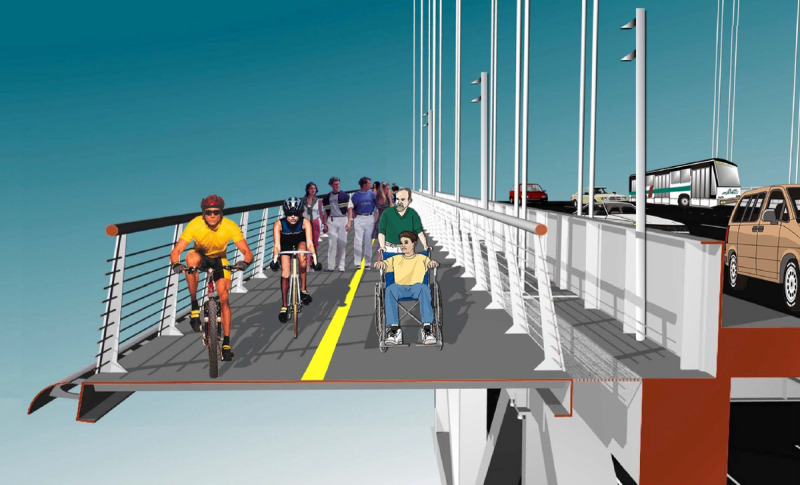The Bay Area Toll Authority has voted to embark on a $10 million study that will tackle the engineering and financial challenges of building a path across the western span of the Bay Bridge, which would some day allow people to bike and walk across the entire span from Oakland to San Francisco.
"It allows us to enter into this contract to move this idea from concept to a proposal," said John Goodwin, a spokesman for the Metropolitan Transportation Commission.
The idea has been talked about for more than 15 years but has picked up substantial momentum since the opening last year of a popular biking and walking path on the bridge's new eastern span.
A 2011 study found that building a 2-mile cantilevered path on both sides of the bridge from Yerba Buena Island to San Francisco would cost somewhere between $400 million and $500 million, which transportation officials say isn't realistic.
The study by Arup will propose several designs that Goodwin said would be less expensive ideas "than have been explored on a rudimentary level in the past."

